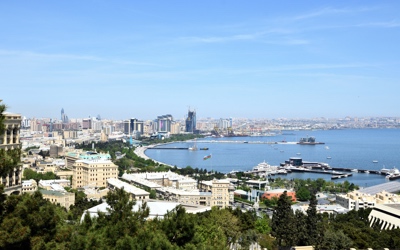
Absheron peninsula - another side of Baku
6 h
Confirmação imediata
Sobre esta atividade
Yanar Dag (Azerbaijani: Yanar Dağ, meaning "burning mountain") is a natural gas fire which blazes continuously on a hillside on the Absheron Peninsula on the Caspian Sea near Baku, the capital of Azerbaijan (a country which itself is known as "the Land of Fire"). Flames jet into the air 3 metres (9.8 ft) from a thin, porous sandstone layer. Administratively, Yanar Dag belongs to Absheron District of Azerbaijan.
Unlike mud volcanoes, the Yanar Dag flame burns fairly steadily, as it involves a steady seep of gas from the subsurface. It is claimed that the Yanar Dag flame was only noted when accidentally lit by a shepherd in the 1950s. There is no seepage of mud or liquid, which distinguishes it from the nearby mud volcanoes of Lökbatan or Gobustan.
The Baku Ateshgah, often called the "Fire Temple of Baku" is a castle-like religious temple in Surakhani town (in Suraxanı raion), a suburb in Baku, Azerbaijan.
Based on Persian and Indian inscriptions, the temple was used as a Hindu, Sikh, and Zoroastrian place of worship. "Atash" is the Persian word for fire. The pentagonal complex, which has a courtyard surrounded by cells for monks and a tetra pillar-altar in the middle, was built during the 17th and 18th centuries. It was abandoned in the late 19th century, probably due to the dwindling of the Indian population in the area. The natural eternal flame went out in 1969, after nearly a century of exploitation of petroleum and gas in the area, but is now lit by gas piped from the nearby city.
Gala State Historical Ethnographic Reserve - A numerous archeological monuments peculiar to Azerbaijan (particularly to Gala and Absheron peninsula) were collected and restored in the territory of Museum complex. The barrows archeological monuments dating back to 3rd - 2nd millennium BC, settlements dating to the same period, residential and other architectural models dating to the middle ages, etc. were constructed in their original form in this territory. In accordance with the current requirements towards protection of museums and monuments the favorable condition for observing historical masterpiece of Absheron has been established in the 1,5 hectares territory. The museum includes the map, plan, scheme where monuments, historical places of Absheron peninsula and our monuments located of Absheron are described. The foundations of houses belongs to the Medieval ages were discovered during the archeological excavations in the time of establishing the museum. In the territory also have Archaeological gallery where have different artifacts that found during archaeological excavations and houses belongs the 16th-17th and 19th centuries with interior of that time.
Ler mais
Mostrar menos
Unlike mud volcanoes, the Yanar Dag flame burns fairly steadily, as it involves a steady seep of gas from the subsurface. It is claimed that the Yanar Dag flame was only noted when accidentally lit by a shepherd in the 1950s. There is no seepage of mud or liquid, which distinguishes it from the nearby mud volcanoes of Lökbatan or Gobustan.
The Baku Ateshgah, often called the "Fire Temple of Baku" is a castle-like religious temple in Surakhani town (in Suraxanı raion), a suburb in Baku, Azerbaijan.
Based on Persian and Indian inscriptions, the temple was used as a Hindu, Sikh, and Zoroastrian place of worship. "Atash" is the Persian word for fire. The pentagonal complex, which has a courtyard surrounded by cells for monks and a tetra pillar-altar in the middle, was built during the 17th and 18th centuries. It was abandoned in the late 19th century, probably due to the dwindling of the Indian population in the area. The natural eternal flame went out in 1969, after nearly a century of exploitation of petroleum and gas in the area, but is now lit by gas piped from the nearby city.
Gala State Historical Ethnographic Reserve - A numerous archeological monuments peculiar to Azerbaijan (particularly to Gala and Absheron peninsula) were collected and restored in the territory of Museum complex. The barrows archeological monuments dating back to 3rd - 2nd millennium BC, settlements dating to the same period, residential and other architectural models dating to the middle ages, etc. were constructed in their original form in this territory. In accordance with the current requirements towards protection of museums and monuments the favorable condition for observing historical masterpiece of Absheron has been established in the 1,5 hectares territory. The museum includes the map, plan, scheme where monuments, historical places of Absheron peninsula and our monuments located of Absheron are described. The foundations of houses belongs to the Medieval ages were discovered during the archeological excavations in the time of establishing the museum. In the territory also have Archaeological gallery where have different artifacts that found during archaeological excavations and houses belongs the 16th-17th and 19th centuries with interior of that time.
Incluído
- TripAdvisor Experiences brokerage fee
- Professional guide
Não incluído
- Food and drinks
- Hotel pickup and drop-off
Adicional
- Confirmation will be received at time of booking
- Not wheelchair accessible
- Dress code is smart casual
- This is a private tour/activity. Only your group will participate
Características
Turismo
80%
Cultural
40%
Original
30%
Também poderá gostar
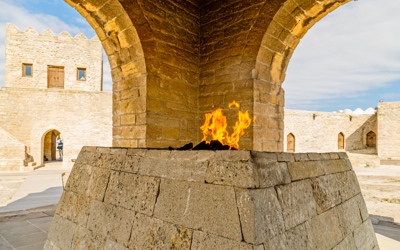
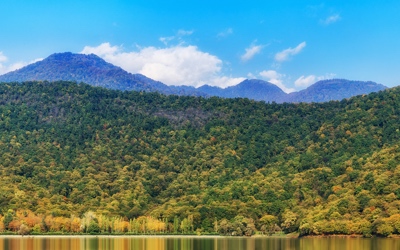
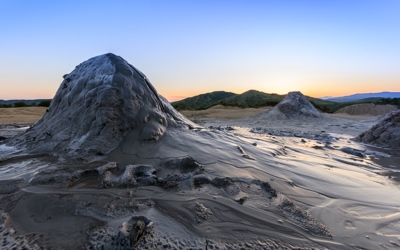
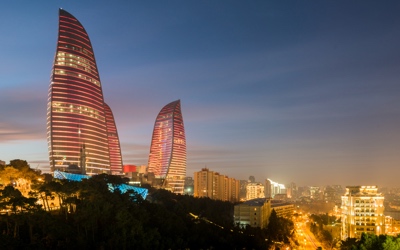
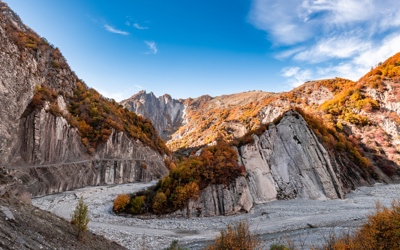
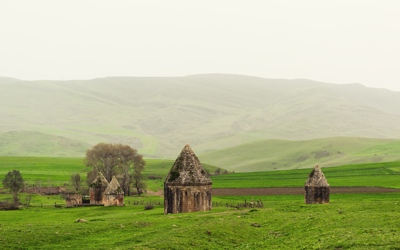


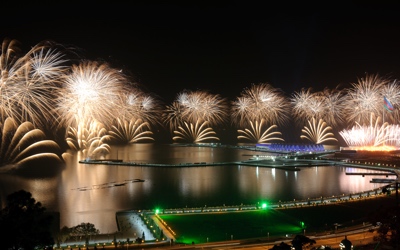
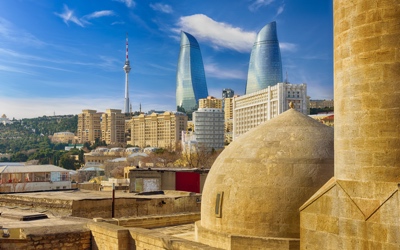 Ver tudo 17 Coleções
Ver tudo 17 Coleções
Clique para descobrir outras experiências
Ver tudo

Coleções
Ateshgah & Yanar Dag
33 Atividades

Coleções
Gabala
16 Atividades

Coleções
Gobustan National Park & Mud Volcano
54 Atividades

Coleções
Nightlife
23 Atividades

Coleções
Hiking
5 Atividades

Coleções
Azerbaijan Discovery
114 Atividades

Coleções
Wine
26 Atividades

Coleções
Gourmet
11 Atividades

Coleções
New Year Celebration
5 Atividades

Coleções
Sightseeing Tour
10 Atividades



